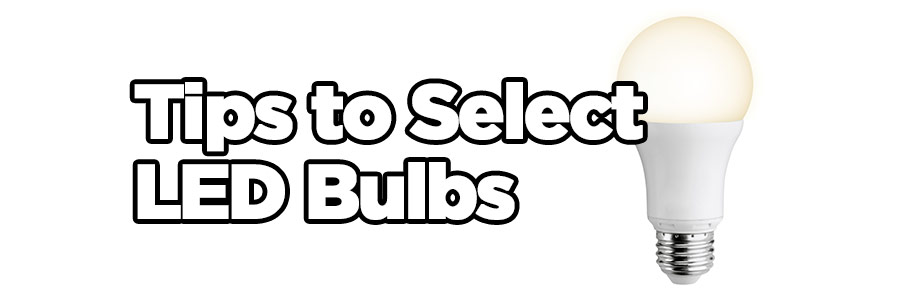Good Tips for You Before Purchasing LED Light Bulbs

In recent years, LED lamps have been widely used in the market, but the quality of products is not consistent, and the prices vary in a great extent. Consumers can’t tell which one is a quality or shoddy product. This article focuses on the selection tips of LED bulbs. By having the right bulbs, it can not only save your energy expenditure, but also let you feel comfy when you back to home.
Before you buy a light bulb, you need to understand whether it is for home use or for outdoor backyard or aisle use, as well as the brightness – how many watts of incandescent or fluorescent lamps are needed to be replaced? Different choices will lead to vastly different outcomes. If you do not have a plan, it will be a wastage or money and time. To give you a brief idea, 3W to 5W LED light bulb is suitable for stair, living, bathroom and hallways. If you indoor area is much larger or the ceiling height is above 4 meters, the 6W to 10W LED light bulbs would be the better choice.
Heat dissipation of LED light bulbs
Heat accumulation under the bulbs can lower the life span, and thus we should select the LED bulb with aluminum heat sink shell instead of plastic shell. Although it is difficult to guarantee and test the life span of the LED lamp and lumen depreciation in real time, we can take the following measure to maintain as long using time as we can. A good drive current of a LED light source the should use about 75% of the maximum rated current. In this case, the lighting designer should directly look at the luminous flux instead of power. It is because luminous flux is the actual light energy the bulbs can emit while power is the total energy drawing of the bulbs (some of the energy contributes to heat energy during operation).
Color temperature (light color)
When it comes to color temperature, we may only care about whether it produces white or yellow light. However, we should also take a note in color deviation. In fact, the spectrum of led bulbs’ color temperature varies from 3500 to 6500K – lower kelvin temperature is warm color while higher is cool color. Today’s LEDs emit almost all colors of light.In the new era of LED lights, you can even control the color temperature and brightness of light bulbs in a single dimmer switch.